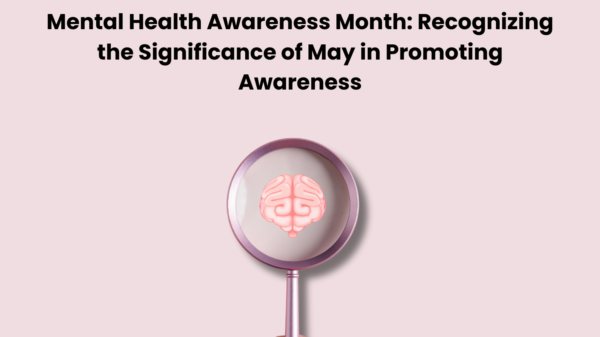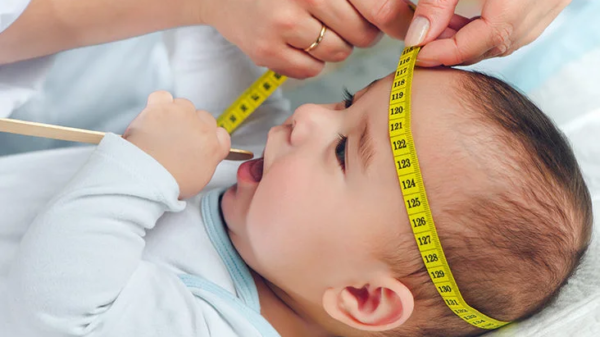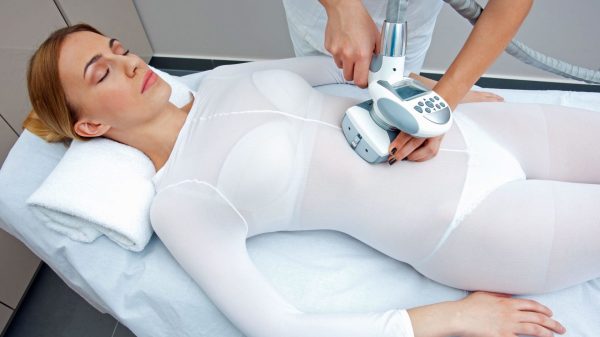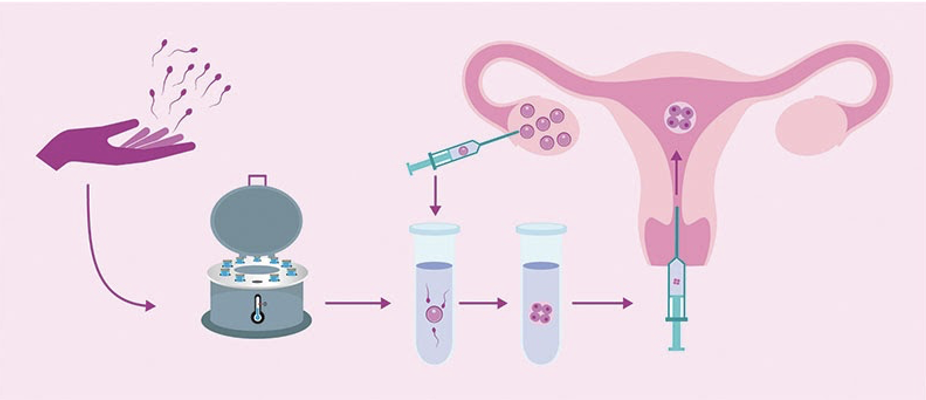Embryo transfer is the method of implanting an embryo (or two, if necessary) into a woman’s uterus during in vitro fertilization (IVF) therapy. Owing to the health risks to both mother and infant, a single embryo transfer is often advised to minimize the risk of multiple pregnancy (twins or more). If the embryos are fresh or frozen before being transferred, the process will remain the same.
In this article, Dr. Hrishikesh Pai who is working with one of the best IVF centres in Mumbai will discuss everything you should know about embryo transfer if you are planning to opt for an IVF treatment.
What is an embryo transfer?
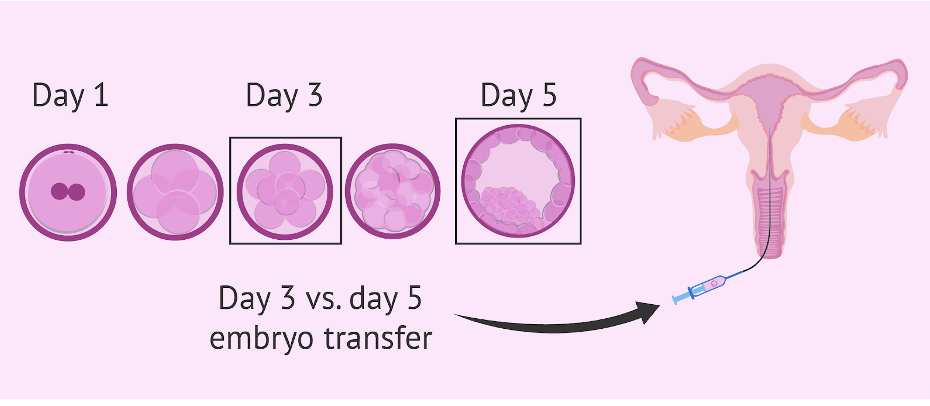
The placement of an embryo(s) produced by IVF into the recipient’s uterus is known as embryo transfer. Embryos can be moved at various stages of growth, depending on whether they have few cells (cleavage stage) or many more cells (late stage) (morula and blastocyst stages).
After Day 0, which is the day of egg retrieval, the embryo’s age and developmental stage is defined as Day 1, Day 2, Day 3, Day 4, Day 5, or Day 6. Embryo transfer is most common on Day 5 of development, when the embryos are blastocysts.
Intended parents will be asked if they want to see their embryos through a microscope prior to embryo transfer. Before the transfer, the IVF specialist will examine the embryos’ growth and morphology (appearance) and confirm the number of embryos to be moved. The embryologist will also decide how many embryos can be frozen and preserved for potential use.
The physician would use ultrasound instructions to direct a small catheter containing the number of embryos to be transferred through the cervix and into the uterine cavity. In the catheter, the embryo would be in a tiny droplet of culture medium. The embryos are gently inserted with a syringe after the catheter is correctly placed in the uterus, and the catheter is extracted.
The preparation time for the embryo transfer is much longer than the actual transfer time, which is just a few minutes. The operation does not require anesthesia, and recovery time is limited to a few minutes of quiet time or rest.
Transferring a fresh embryo vs. a frozen embryo
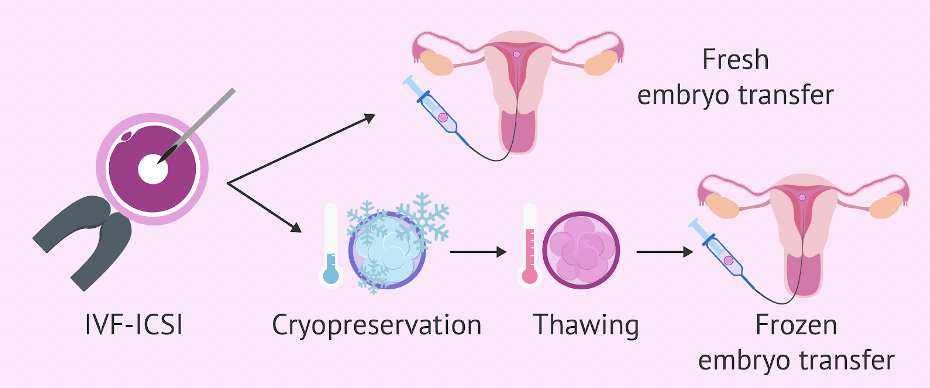
Embryos obtained via IVF can be transferred immediately or frozen for later use. The eggs are removed, fertilized, and cultured in the lab for several days before being transferred into the uterus during one menstrual cycle.
A frozen embryo transfer period refers to the freezing of high quality embryos from a previous egg retrieval cycle for later use. Embryos that have been frozen can be used during the next menstrual cycle or months (or years) later.
Because of advances in egg and embryo freezing techniques, it is becoming more common to perform a “freeze all” cycle, in which all good quality embryos produced during an egg retrieval cycle are frozen for future use. Following hormonal stimulation and egg extraction, the recipient’s uterus and ovaries have time to return to a more natural state.
What is the optimal number of embryos to transfer?
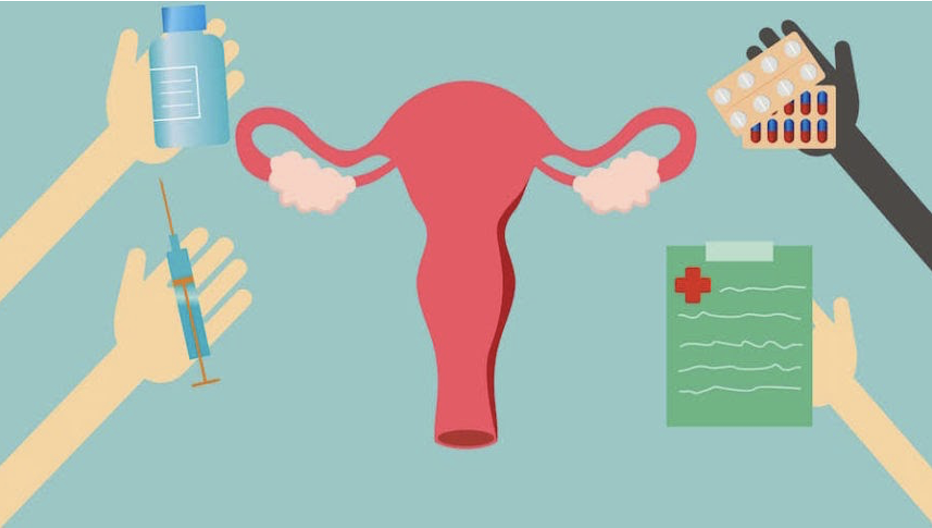
Both the recipient and her fertility specialist must balance the odds of conception against the possibility of a high-risk multiple birth when deciding how many embryos to pass (twins or more). Transferring multiple embryos increases the chances of at least one of them resulting in a pregnancy, but it also increases the risk.
Elective single embryo transfer (eSET) occurs when a couple chooses to transfer only one embryo, while having other embryos that could be transferred as well. Many fertility doctors prescribe eSET to patients who have the best chance of conceiving during their first embryo transfer period.
When two embryos are transferred into some categories of women under the age of 35, approximately 30% of the deliveries are twins.
In about 3% of cases, the transfer of more than two embryos results in the delivery of triplets or more in these mothers. Because of the associated health risks, most doctors consider these rates of multiple pregnancy in IVF to be inappropriate.
Several factors must be addressed when deciding the number of embryos transferred, such as:
- The woman’s age and medical history, including prior IVF treatment.
- Stage of embryos at the time of transfer.
- Quantity and quality of available embryos for transfer.
Who should go for a single embryo transfer?
- Women under the age of 35 with no prior IVF attempts or a successful IVF cycle.
- Have high-quality embryos on hand, as well as extra embryos for cryopreservation.
- The donor’s age can be used to assess the number of embryos to pass in donor egg cycles.
- Based on your situation, a conversation with your fertility specialist will help you determine whether or not more than one embryo should be transferred.
















